
The first thing you notice when you approach Huy Fong Foods’ factory in Irwindale, Calif. is not the smell of roasting chiles, but its sheer enormity of the building. The company, maker of the wildly popular Sriracha “Rooster” hot sauce, began moving from a smaller factory in a nearby town to its new 650,000-square-foot plant in 2011, betting that the time was right to switch from being the purveyor of a niche Asian product to maker of the next great American condiment.
They may be regretting that bet this week. The Irwindale city council voted Wednesday to declare the new factory a public nuisance, claiming the smell of chilies wafting out of the facility caused nearby residents to suffer breathing problems and bloody noses. The action came after the city filed an odor-related lawsuit against the company last year. Once the council adopts a resolution next month making the public nuisance designation official the company will have 90 days to contain the fumes.
But company owner David Tran, a Vietnamese immigrant who founded Huy Fong Foods in 1980, has insisted the odor concerns are overblown — and indeed there are signs the controversy may be as manufactured as Sriracha itself.
The South Coast Air Quality Management District, which includes Irwindale, has never issued a citation to the company and Sam Atwood, a spokesman for the district, says that many of the 70 odor complaints the district had received as of April 7 came from just a handful of households. The first person to file a formal complaint was the relative of a city official, according to court documents. Atwood says inspectors from the district visited the Huy Fong Foods factory and determined the company was not in violation of current air quality regulations. If a smell is bad enough that the district would take action, he says, “You’re going to get dozens if not hundreds of complaints.”
That hasn’t happened yet, but the factory remains in danger of being shut down. Irwindale officials have even said they may have the right to install air-filtering equipment inside the factory and bill Huy Fong Foods for the expense.
Some locals seem baffled by all the fuss. Tania Bueno, who owns a salon a few blocks from the factory, told TIME in February she’s never detected an odor from the Huy Fong Foods factory. “None of my clients have mentioned any smells.” Tran recently opened his doors for public tours to allow Irwindale residents to decide for themselves how strong the smell is.
Meanwhile, Sriracha devotees, from hipsters to housewives to top American chefs, remain concerned that the famous hot sauce could disappear from store shelves and restaurant tables. On blogs and Twitters, fans last fall braced for the Great Sriracha Shortage of 2014 or even a #srirachapocalypse. Meanwhile, competitors are gearing up. Trader Joe’s now sells its own Sriracha sauce and even the maker of Tabasco has reportedly said the company is experimenting with a Sriracha-style condiment.
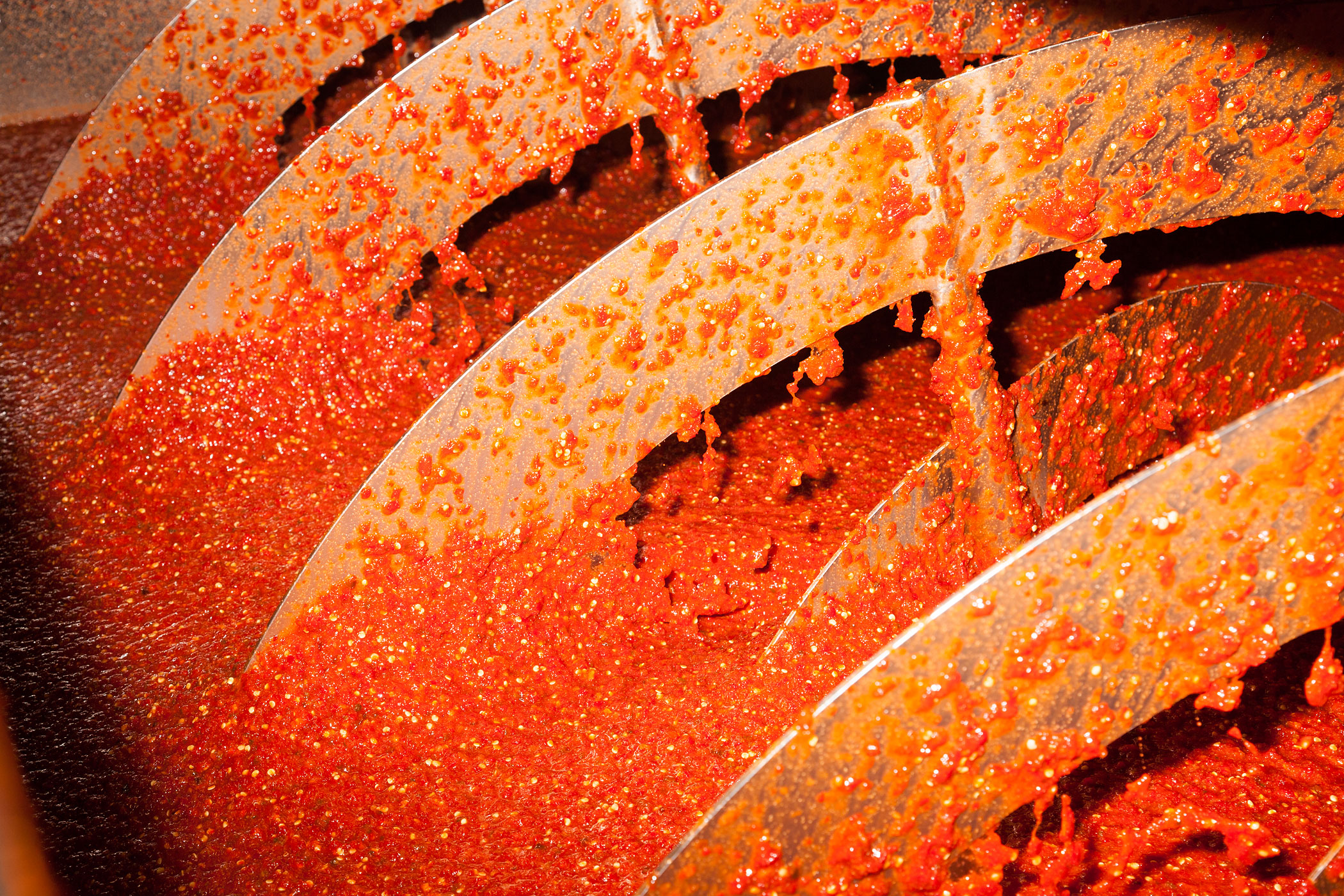
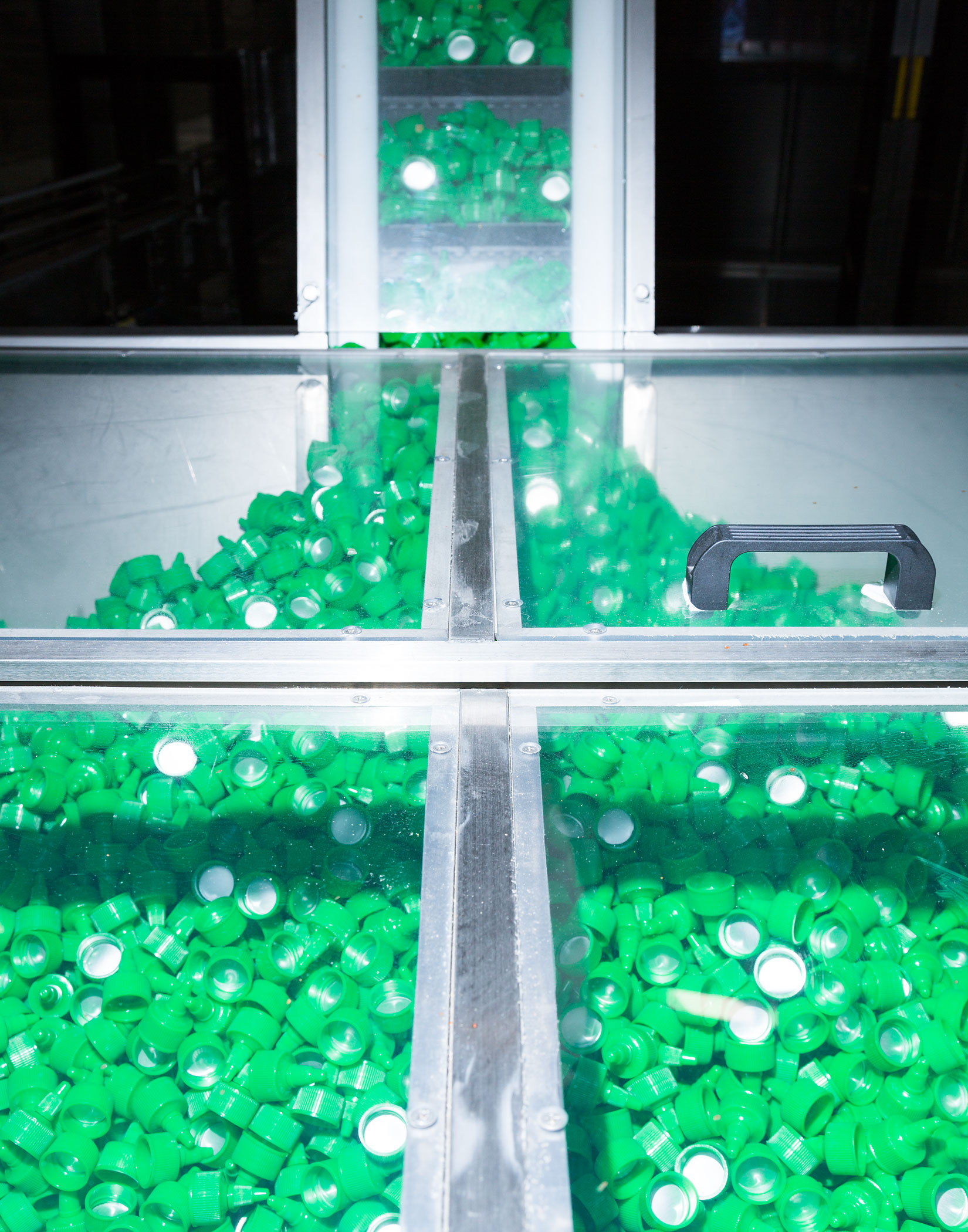
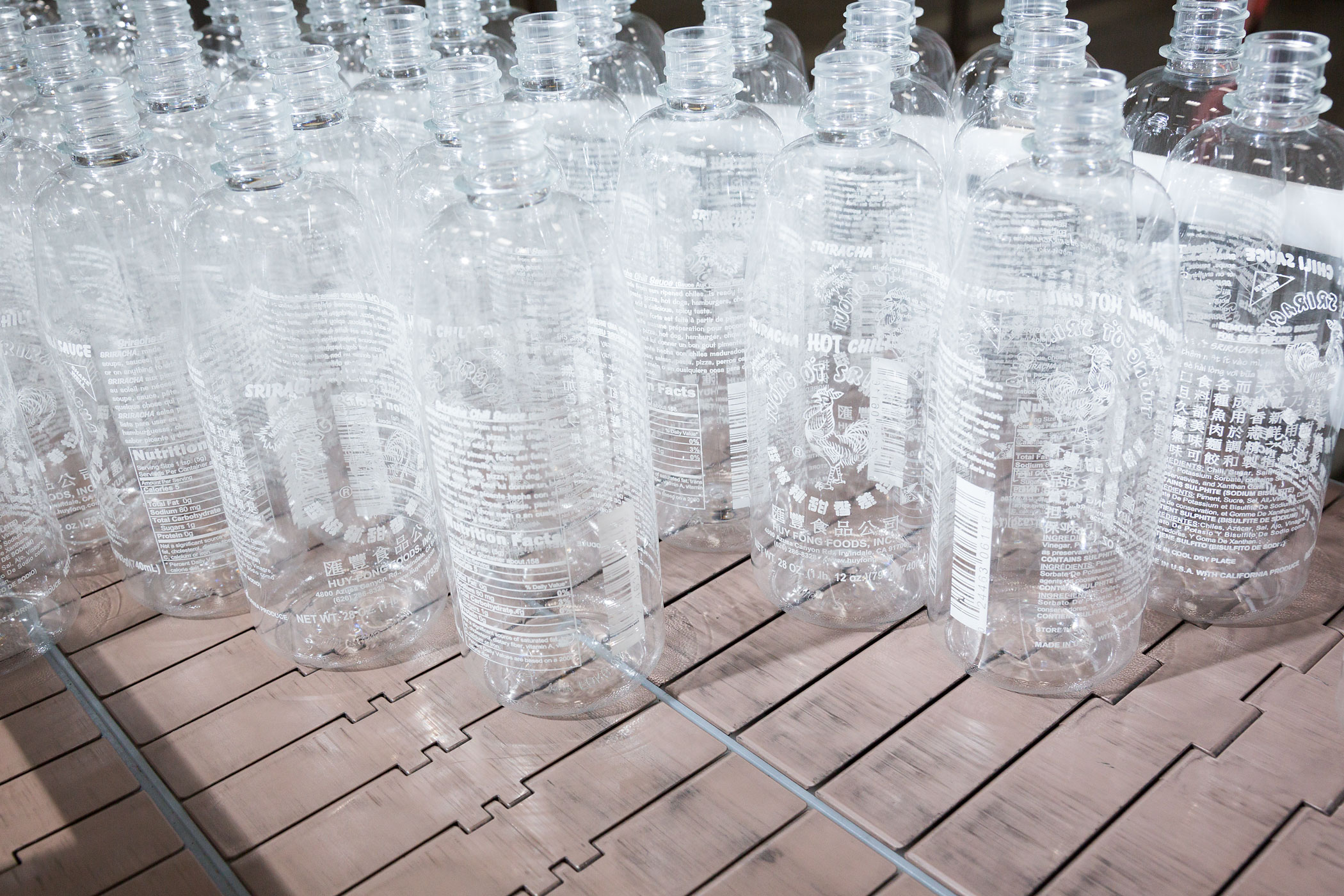
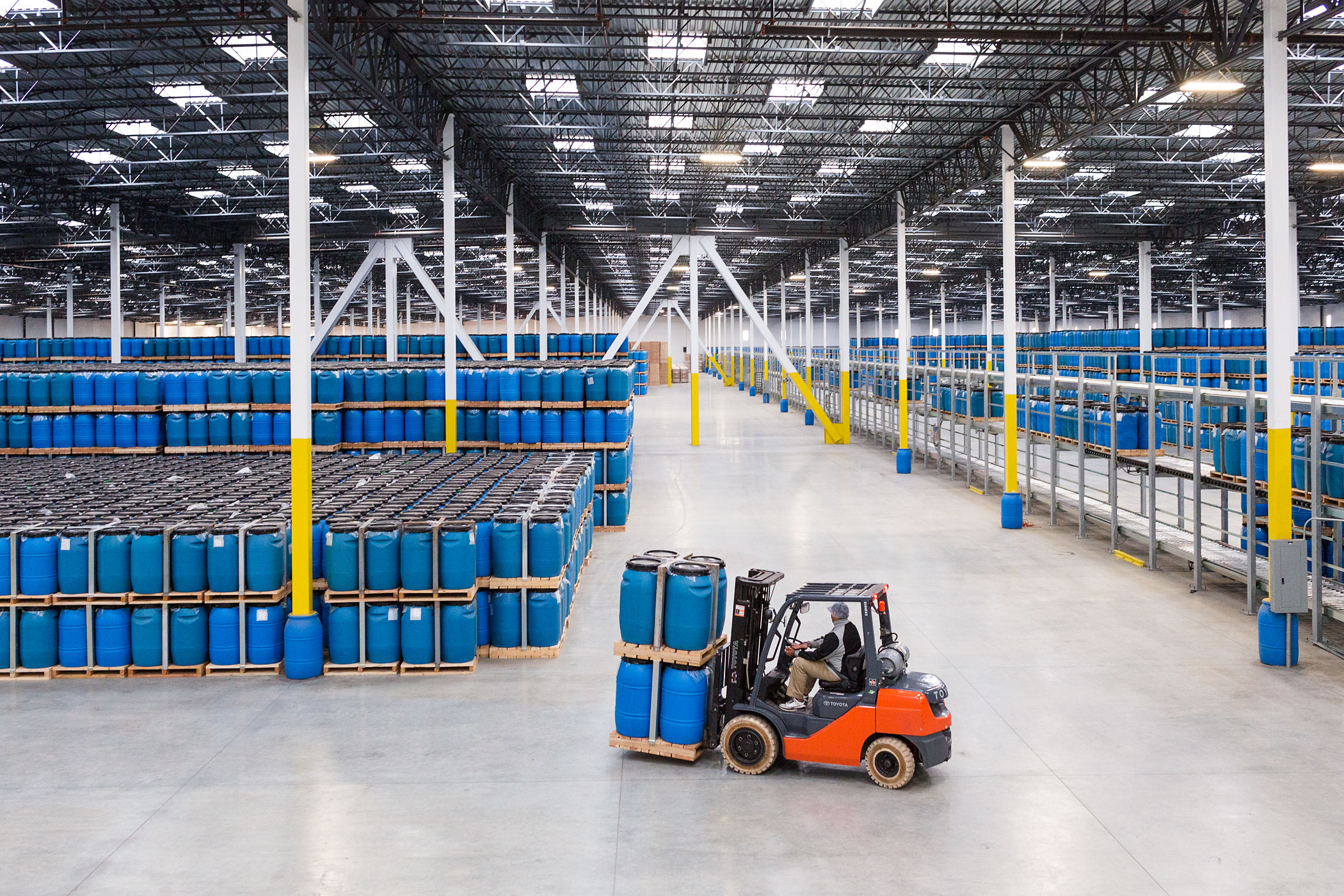


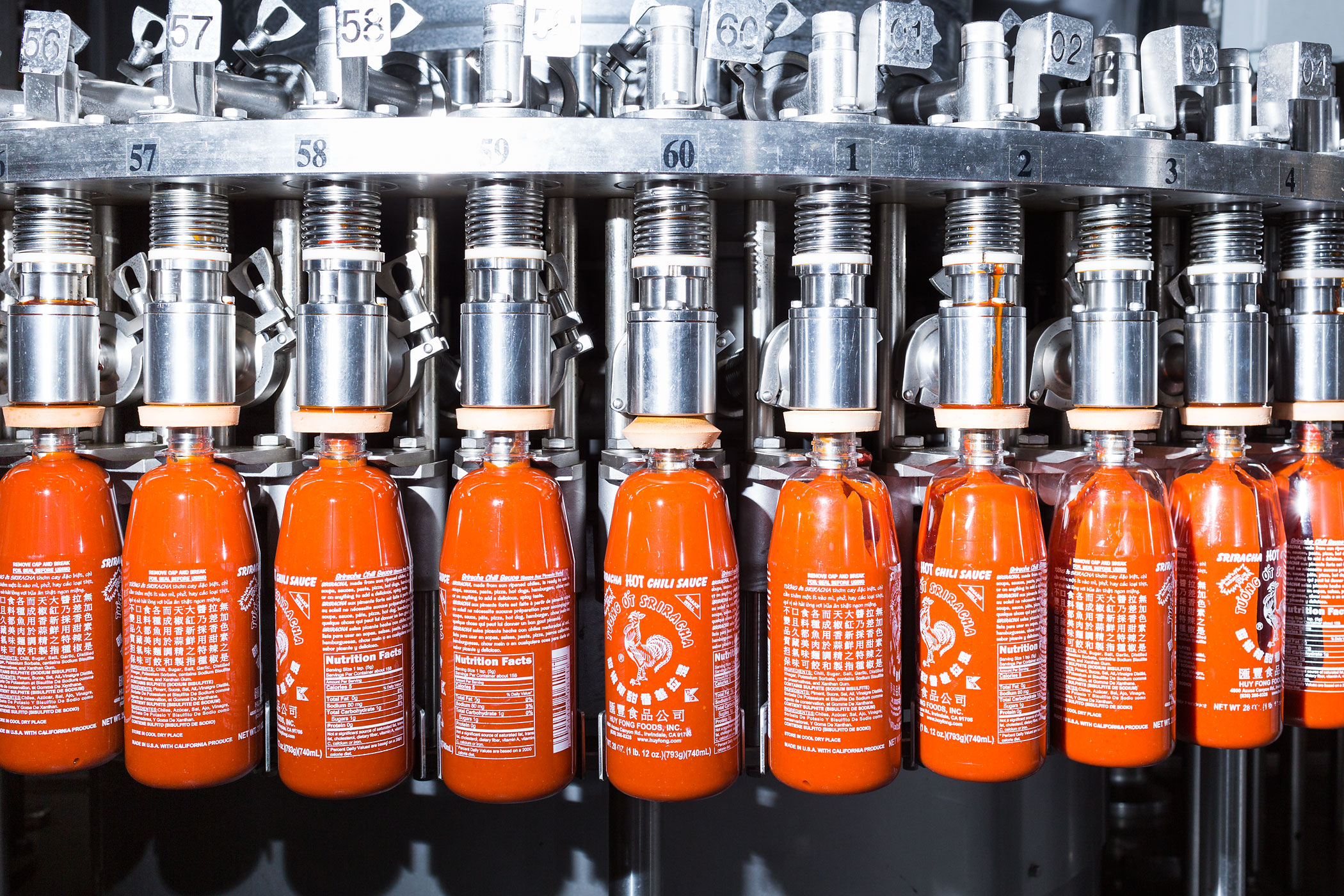
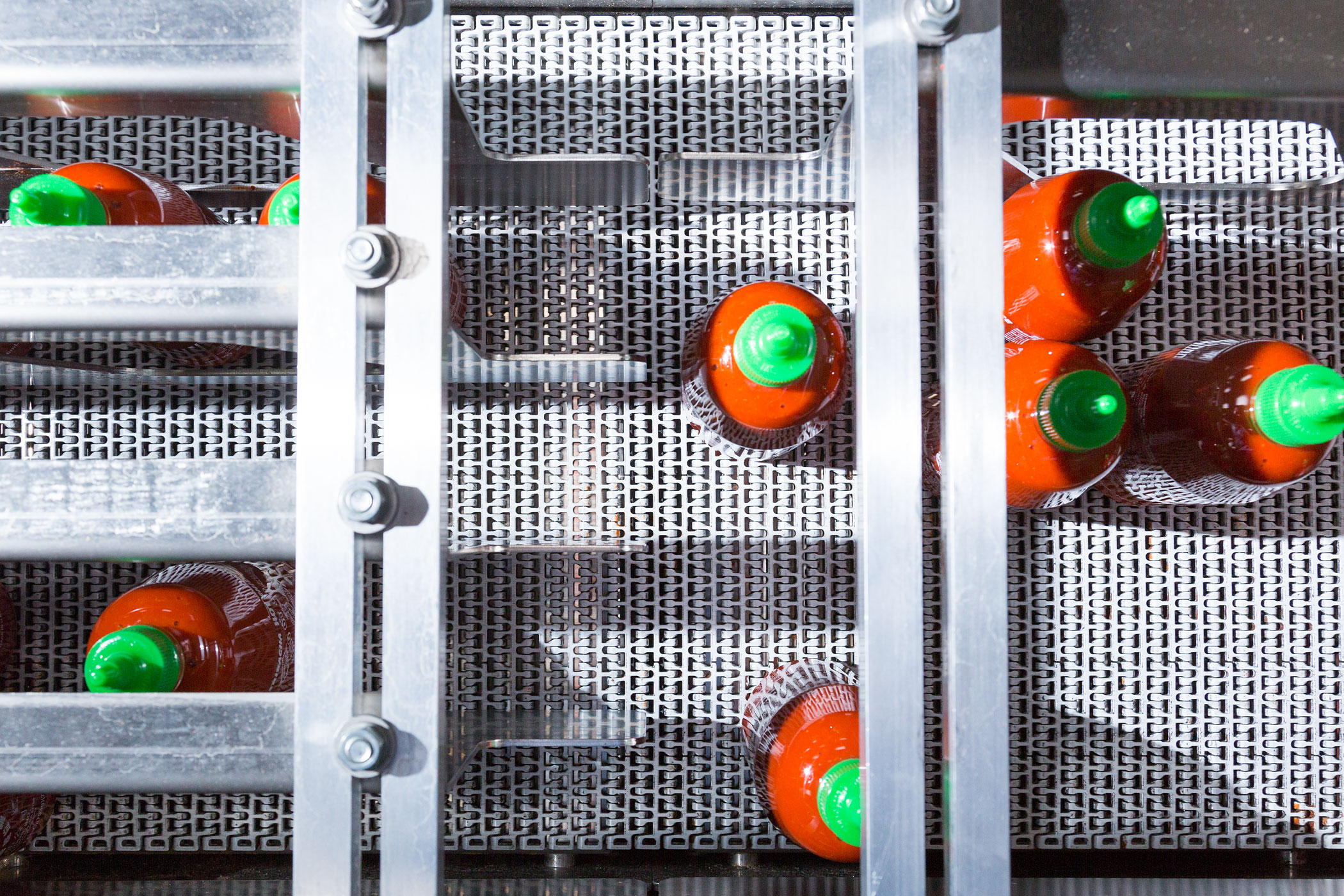
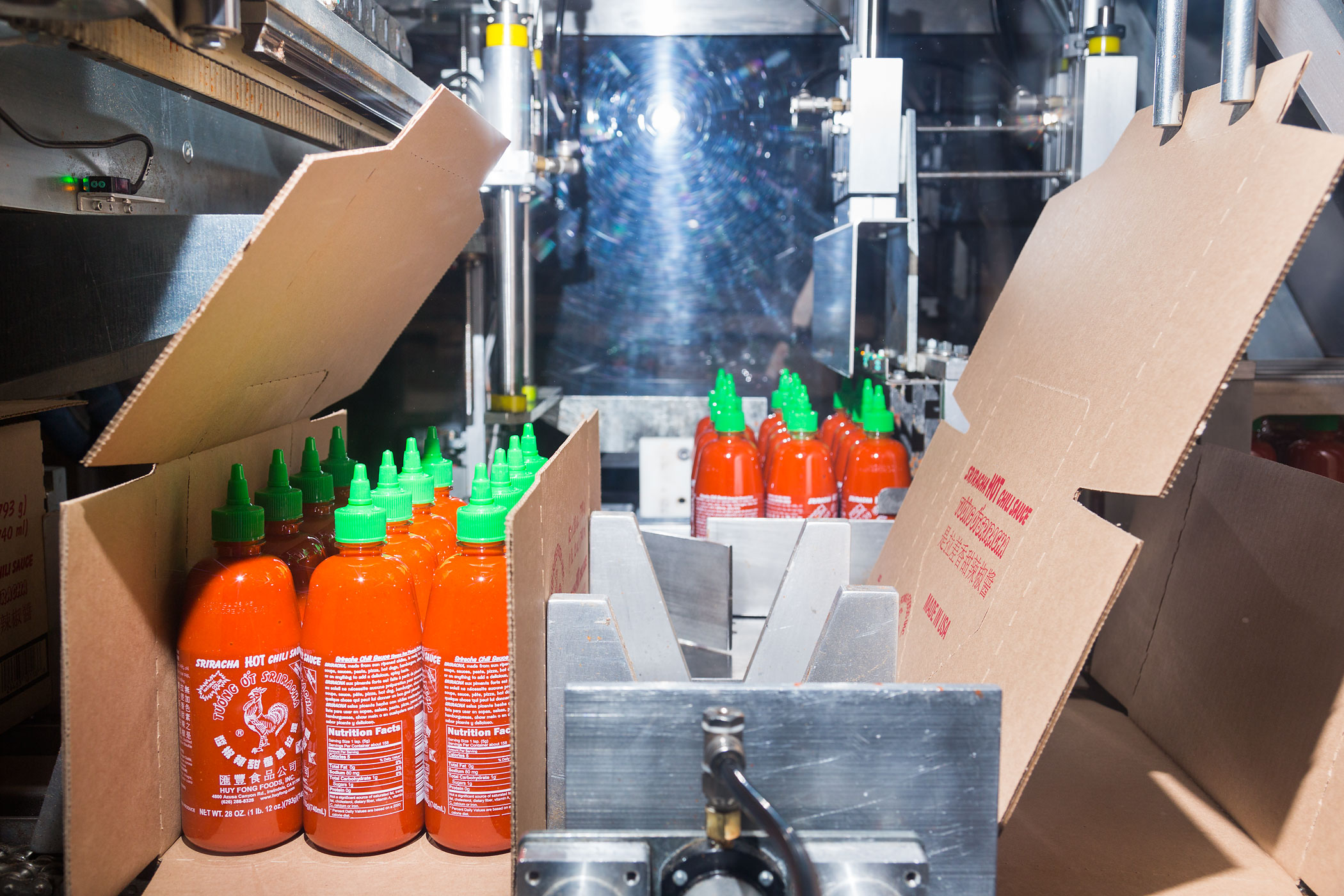
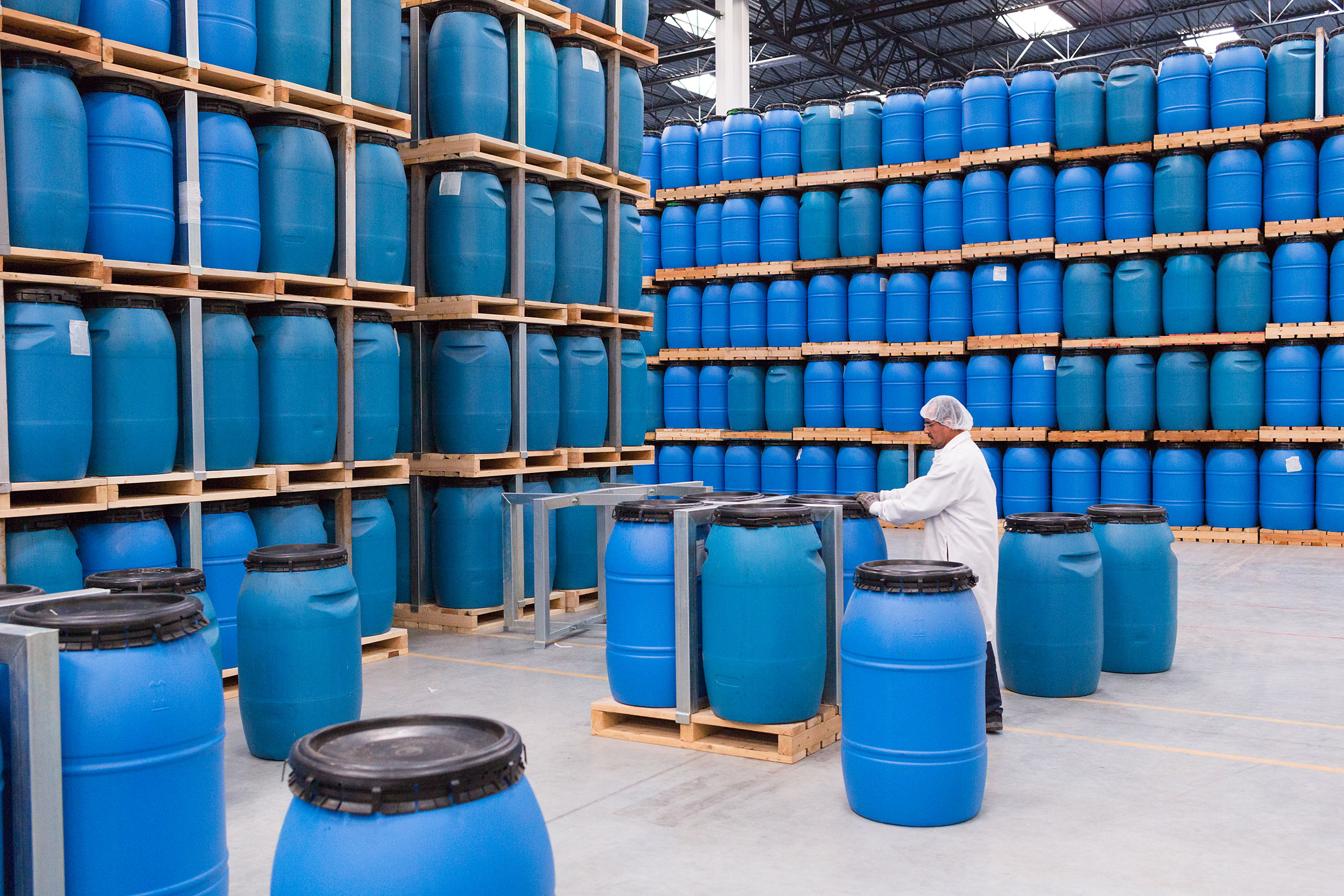
More Must-Reads From TIME
- The 100 Most Influential People of 2024
- Coco Gauff Is Playing for Herself Now
- Scenes From Pro-Palestinian Encampments Across U.S. Universities
- 6 Compliments That Land Every Time
- If You're Dating Right Now , You're Brave: Column
- The AI That Could Heal a Divided Internet
- Fallout Is a Brilliant Model for the Future of Video Game Adaptations
- Want Weekly Recs on What to Watch, Read, and More? Sign Up for Worth Your Time
Contact us at letters@time.com